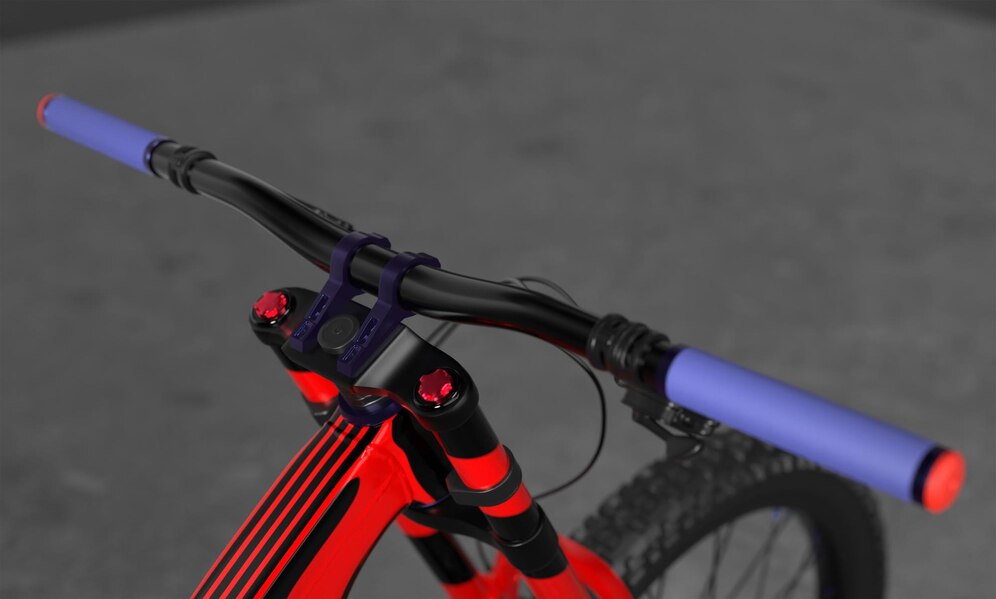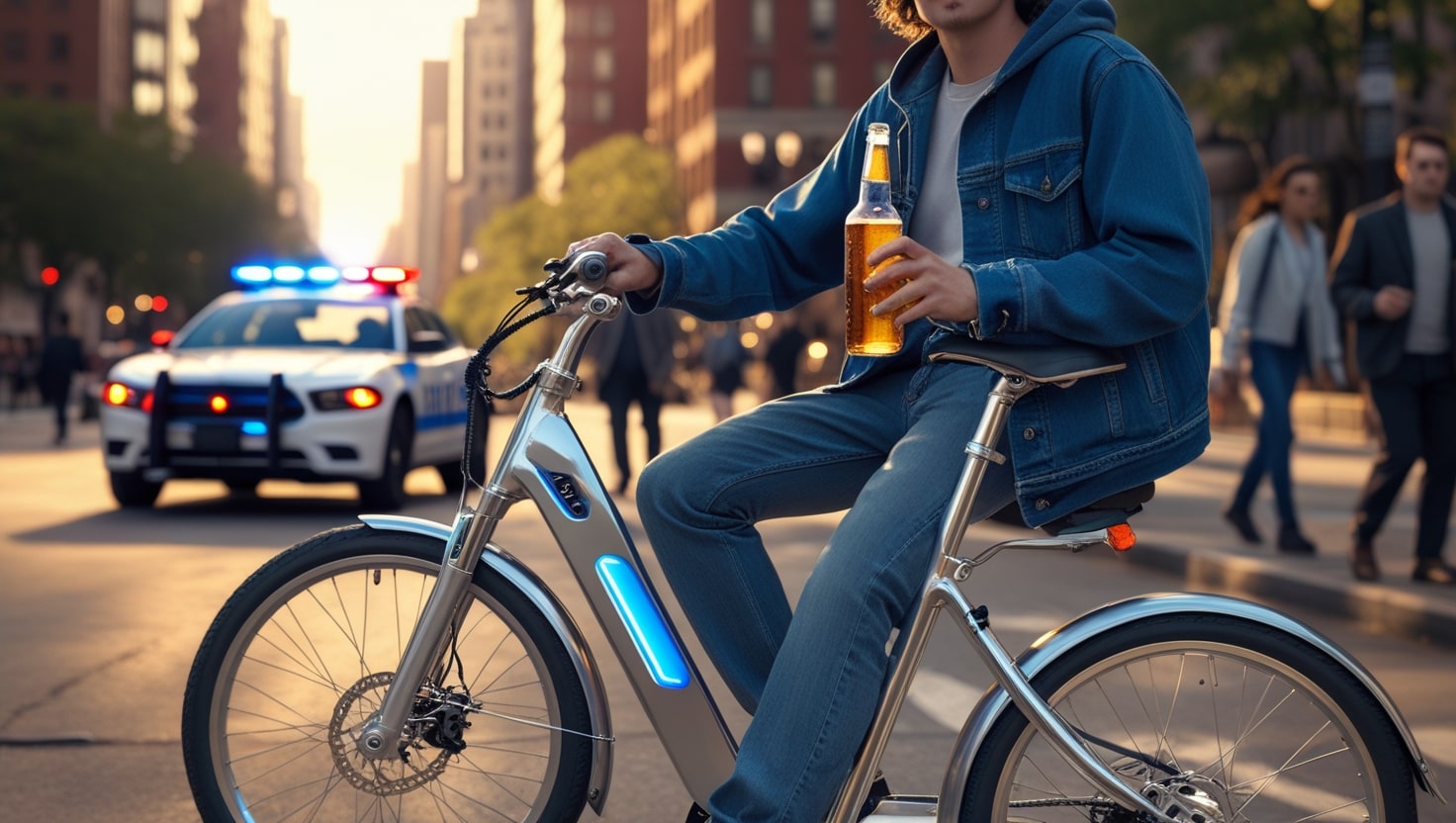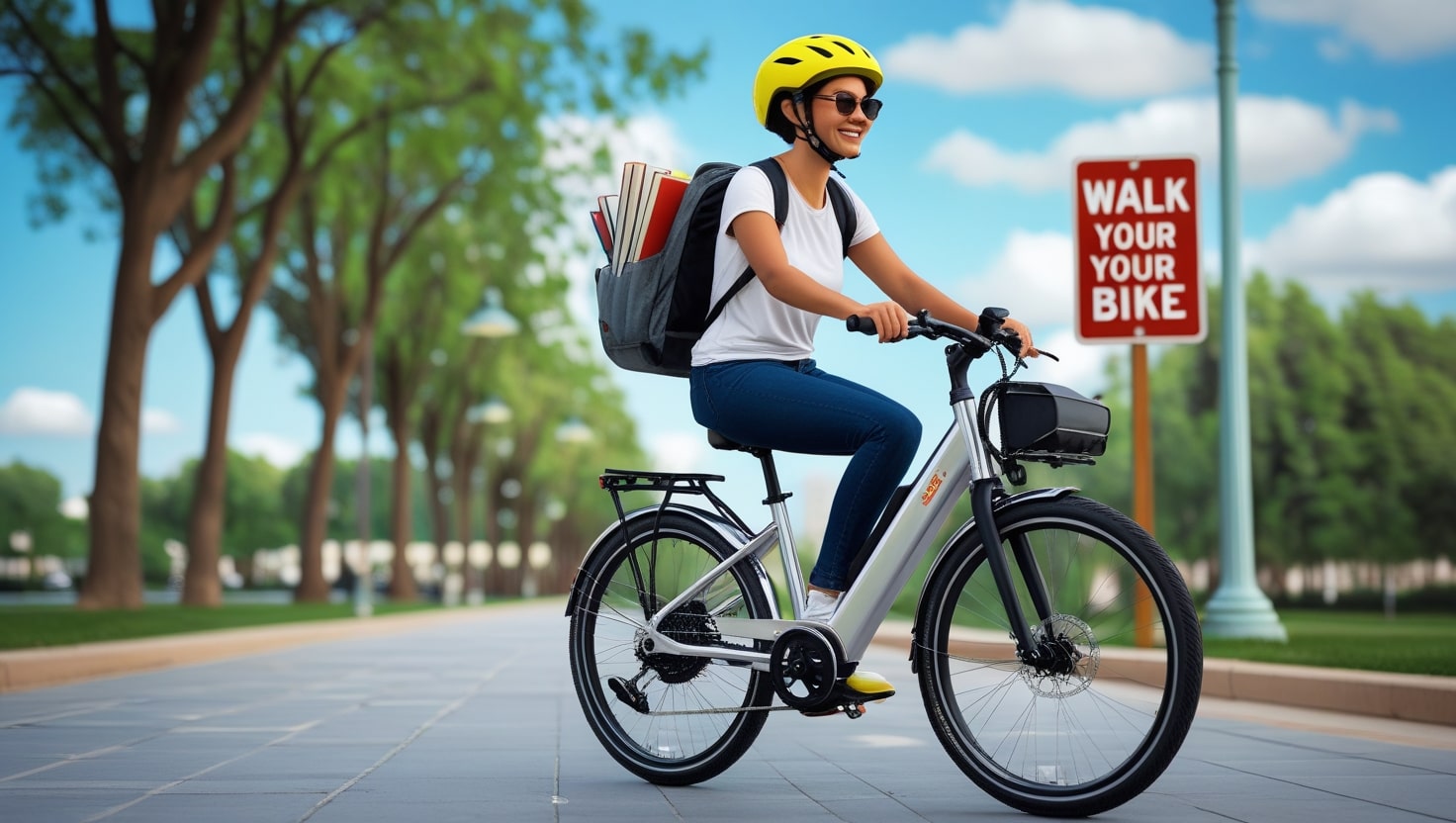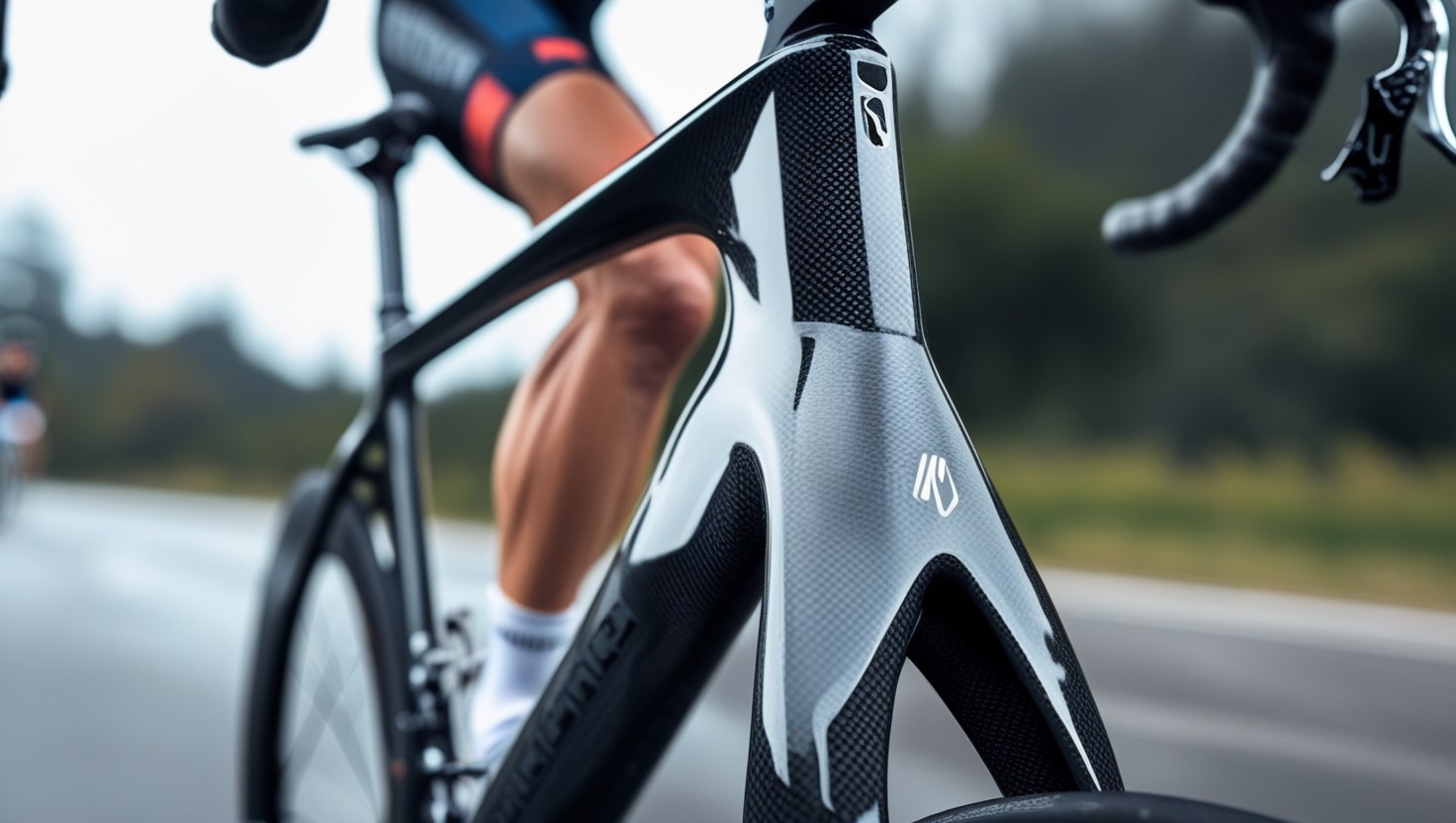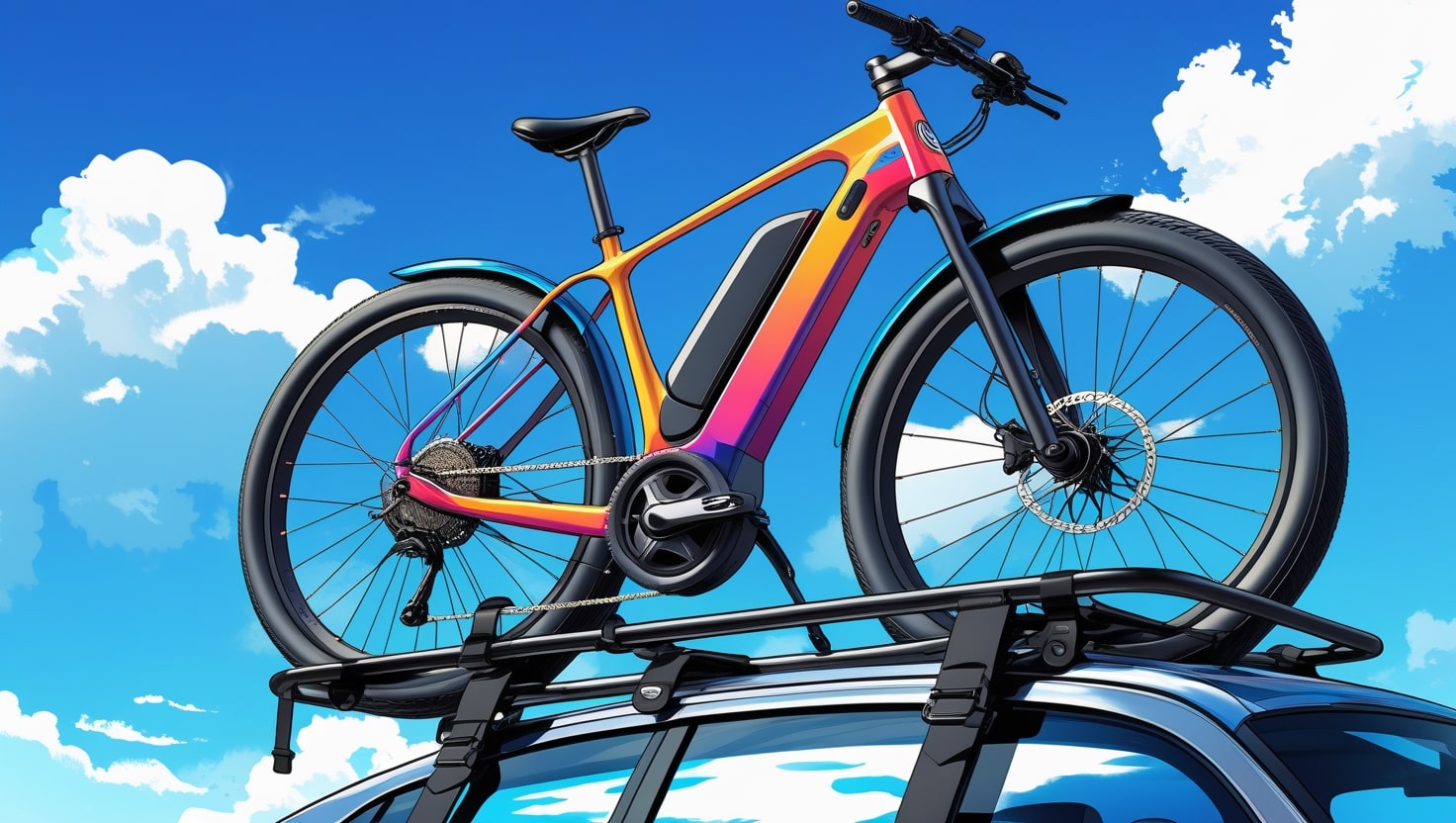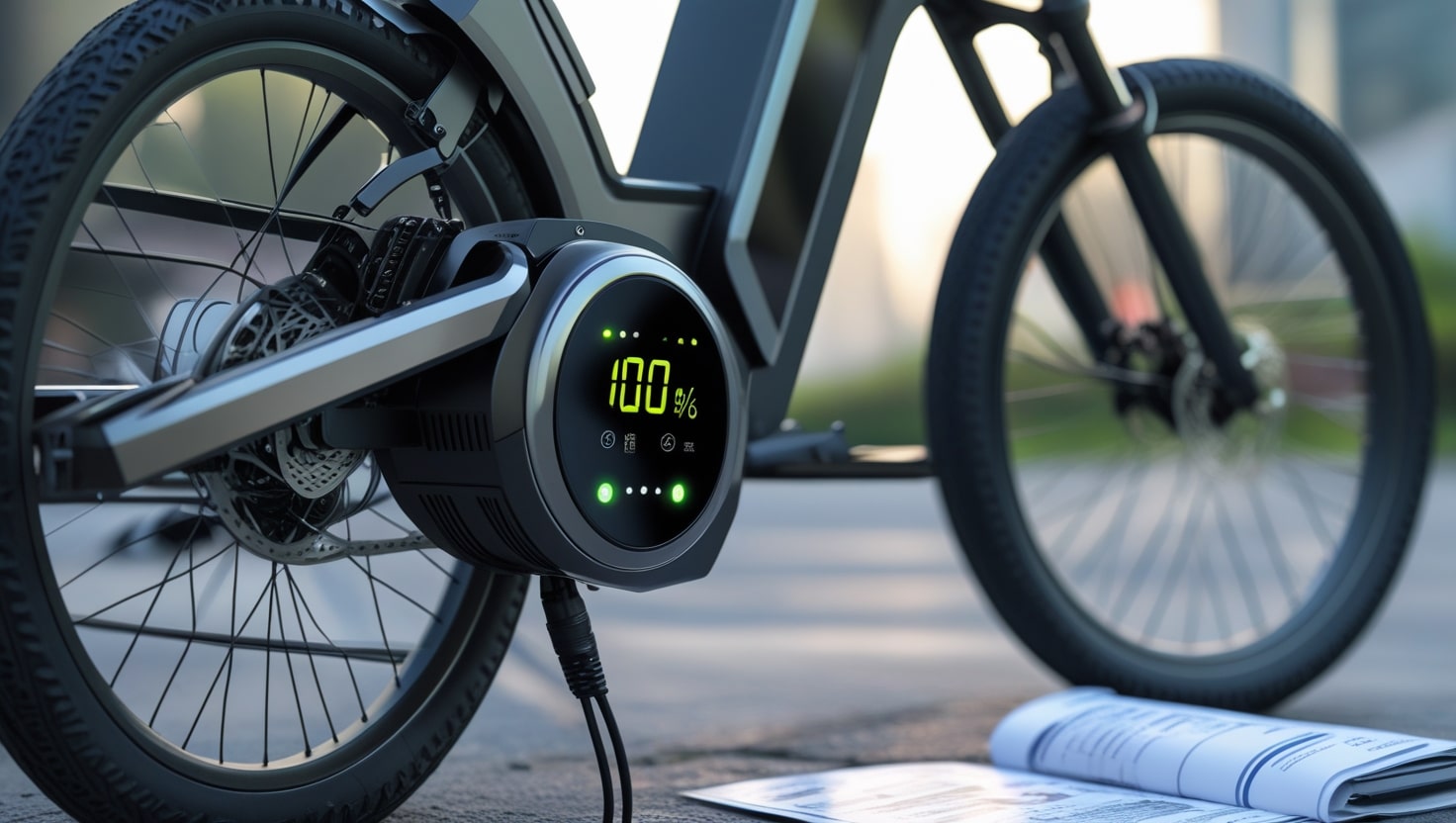If you’re new to cycling or a seasoned cyclist, understanding Maine ebike laws is critically important for ensuring safety on the road. In Maine, whether you’re on a bike or an e-bike, the good news is that you’re treated like a motor vehicle with similar rights and responsibilities. As a rider, you must learn how these laws apply to you. It’s essential to know both sides of the coin, balancing your responsibilities while enjoying the freedom of the road. This awareness not only protects everyone but also builds confidence for novice and professional riders alike.
Related: Georgia Ebike Laws
How does Maine define what an electric bike is?
In the state of Maine (ME), an electric bike is defined as a bicycle equipped with fully operational pedals and a motor not exceeding 750W. The maximum speed is limited to 20mph on flat surfaces, ensuring safe use for riders and others on the road. Additionally, every e-bike must have a white front light and a red taillight that can be seen from 500 feet in any direction, making visibility a priority for nighttime safety.
E-bikes in Maine are further classified into three categories:
- Class 1: E-bikes with a pedal-assist-only motor that stops when the bike reaches 20 mph.
- Class 2: E-bikes equipped with a motor that can be used exclusively to propel the bike and stop at 20 mph.
- Class 3: E-bikes that provide assistance only while the rider is pedaling and stop when the rider stops pedaling or the bike hits 28 mph.
Note: As of October 1, 2019, every manufacturer or distributor of electric bicycles must apply a label that is permanently affixed in a prominent location on each bike. This label must clearly display the classification number, the top assisted speed, and the motor wattage. To ensure consistency, the information must be printed in Arial font with a minimum size of 9-point type, making it easy to read and understand for consumers.
What are the governs age restrictions for use of electric bicycles
Persons under the age of 16 are not permitted to ride or operate a Class 3 electric bicycle.
They can ride as a passenger only if the bicycle is designed to accommodate additional riders.
- Any operator or passenger under 16 years must wear a properly fitted and fastened bicycle helmet to ensure safety.
Do you need a license, insurance or registration in Maine?
If a person is operating an electric bicycle in Maine, they are not subject to the same provisions under the Title that govern driver’s licenses, registration, license plate, or financial responsibility requirements.
What are the rules for riding on the road in Maine?
In Maine, electric bikes can use paths where traditional bicycles are allowed, providing freedom for riders. However, riding on the sidewalk is strictly prohibited. When on roadways, riders must stay as far right as is practical and always adhere to the road rules to ensure safety and compliance.
What are the rules for riding on the trails in Maine?
In Maine, Class 1 and Class 2 electric bicycles are permitted to ride anywhere bicycles are allowed, including bicycle paths. However, a Class 3 electric bicycle may not be operated on these paths unless allowed by a local authority. Additionally, electric bicycles are restricted from bicycle paths designated for non-motorized traffic if large sections have a natural surface, ensuring trail integrity and safety for all users.
Local Rules and Trail Etiquette
When riding ebikes in Maine, it’s important to remember that local rules can vary significantly depending on the area. Always check with local land management or municipal authorities to understand if ebikes are permitted on specific trails, such as singletrack trails or specialized bike paths. Staying informed about regulations ensures you remain up-to-date with the latest local ebike laws and avoid inadvertently breaking any rules.
Trail etiquette is essential for all ebike riders. Ride responsibly and show you’re considerate of the environment and other trail users by sticking to authorized trails. If you’re ever in doubt about whether an area is open to ebikes, it’s always best to ask the local land manager for clarity.
Bicycle Tampering guidelines
In Maine, it is illegal for any person to tamper with or modify an electric bicycle to change its motor-powered speed capability or its motor engagement between pedal-assist and throttle-assist types of operation. If changes are made, the individual must appropriately replace the label showing the bike’s classification to reflect the adjustments.
Additionally, the motor on an e-bike cannot be altered to provide assistance at speeds higher than twenty miles per hour when the bike is exclusively propelled by the motor. Similarly, the motor must not assist beyond twenty-eight miles per hour if it is activated only while the rider is pedaling.
Maine Electric Bike Rebates
Maine has introduced electric bike rebates through the Efficiency Maine program, which has been expanded as part of a broader electric vehicle initiative. This program aims to make e-bikes more affordable, particularly for lower-income groups, by offering rebates similar to those provided for electric cars. In its initial phase, the program is focused on organizations that are serving low-to-moderate income individuals, rather than offering direct individual rebates. A funding allocation of $50,000 has been set aside for pilot projects, supporting accessibility for groups that need it most.
Additionally, the City of South Portland has its own local e-bike rebates through the Electrify Everything Program. This program offers a $300 rebate for e-bikes and a $500 rebate for cargo e-bikes, specifically for residents who are earning up to 100 percent of the Area Median Income.
eMTB GUIDELINES
- Access for e-mountain bikes (eMTB) on federal, state, county, and local trails varies widely.
- Natural surface trails that are designated as open to both motorized and non-motorized uses generally allow eMTBs.
- Trails managed exclusively for non-motorized activities may not permit eMTBs.
- Always ride legally and only on authorized trails to demonstrate that mountain bikers are responsible trail users.
- If local rules are unclear, avoid riding and consult the local land manager about access to specific trails.
- Keep in mind that local land rules change frequently, so stay informed about the latest updates.
GREAT eMTB RIDES IN MAINE
- Androscoggin State Park Tour in Turner offers a fantastic trail for eMTB riders, spanning 21 miles of scenic landscapes.
- Mt. Agamenticus, located in Ogunquit, provides a shorter trail of 10 miles.
Moped Guidelines
A “moped” is a motorized vehicle specially designed to run on two or three wheels, each 10 inches or more in diameter, and designed to maintain contact with the ground.
- A moped must have operative pedals to allow for propulsion by human power.
- It can be equipped with either an electric motor or a liquid fuel motor, but the cylinder capacity displacement should be not exceeding 50 cubic centimeters, or for electric models, the capacity should remain under 1,500 watts.
- The drive system must function directly or automatically without requiring clutching or shifting by the operator once the system is engaged.
- A moped is distinct from an electric bicycle or an assistive mobility device, as these are not classified under the same category.
Related: Colorado Ebike Laws
Motorized bicycle or tricycle
A “motorized bicycle or tricycle” means a bicycle or tricycle designed with motorized functionality that:
- A motorized bicycle or tricycle may have pedals that permit human propulsion, allowing the rider to move the vehicle without motor assistance.
- It features a motor attached to a wheel, which is rated at no more than 1.5 brake horsepower.
- The cylinder capacity must enable the vehicle to move unassisted at a speed of 25 miles per hour or less on a level road surface.
- This category does not include an electric personal assistive mobility device or an electric bicycle, distinguishing it from other types of motorized vehicles.
Motorized scooter
- A motorized scooter is a scooter with either 2 wheels or 3 wheels that are less than 10 inches in diameter and remain in ground contact during use.
- It is powered by a motor with a piston displacement of a maximum 25 cubic centimeters or an electric motor with a capacity not exceeding 750 watts.
- This category excludes both electric personal assistive mobility devices and electric bicycles, ensuring clear differentiation between vehicle types.
Related: Missouri Ebike Laws
The Bottom Line
Embracing the use of ebikes in Maine can bring exciting opportunities for both recreating and commuting. By understanding and adhering to the Maine ebike laws, riders can ensure a safe, enjoyable, and lawful riding experience. Keep this guide handy to stay informed, and enjoy your cycling adventures with confidence. Stay happy and ride smart!
Related: Washington State Ebike Laws
maine ebike laws FAQs
Can I use my Class 3 ebike on the biking trails of Maine?
enerally, Class 3 ebikes are not permitted on dedicated bike paths in Maine. However, it’s essential to check local ordinances, as some areas may have unique regulations allowing their use.
Do you need a license to drive an electric bike in Maine?
No, a license is not required to operate an electric bike in Maine. Electric bikes are treated as similar to traditional bicycles, which means there is no registration, licensing, or insurance required for riding them.
Are there any age restrictions for riding electric bikes in Maine?
Yes, there are age restrictions in Maine for riding electric bikes. Minors under 16 years cannot operate a Class 3 electric bike, but they are allowed to ride as passengers if the e-bike is designed to accommodate additional riders. Helmets are required for all riders and passengers who are under 16, ensuring their safety while on the road.
Can electric bikes be used on all trails in Maine?
Not all trails in Maine allow electric bikes. Ebikes are generally permitted on paths that are open to both motorized and non-motorized uses, but they may be restricted on designated routes for non-motorized activities. It’s important to check local regulations before riding on specific trails to ensure compliance and enjoy a lawful experience.
Are helmets required when riding an electric bike in Maine?
Helmets are mandatory for all riders and passengers under the age of 16, ensuring their safety on the road. For those over 16, wearing a helmet is strongly recommended but not legally required. Prioritizing safety by wearing a helmet is always a smart choice for every rider, regardless of age.
Can I use an e-bike in the winter?
Yes, e-bikes can be used throughout the year, including in the winter, but there are a few considerations to keep in mind. The cold temperatures can shorten your e-bike’s battery life, so it’s important to plan accordingly. Make sure to keep your bike clean and clear of ice and salt after riding, as this helps protect the mechanics. For more tips, check out resources and hints from Electrek and Electric Wheelers to ensure a smooth and safe winter ride.
How far can I ride on an e-bike?
How far you can travel on an e-bike depends on several variables, including how much you pedal to preserve battery power, the type of terrain (whether flat or hilly), and even the cold weather. With a single charge and a rider putting in some effort through pedaling, the average e-bike is expected to provide a range of about 25-45 miles. These factors make every ride unique, so planning ahead is key.

